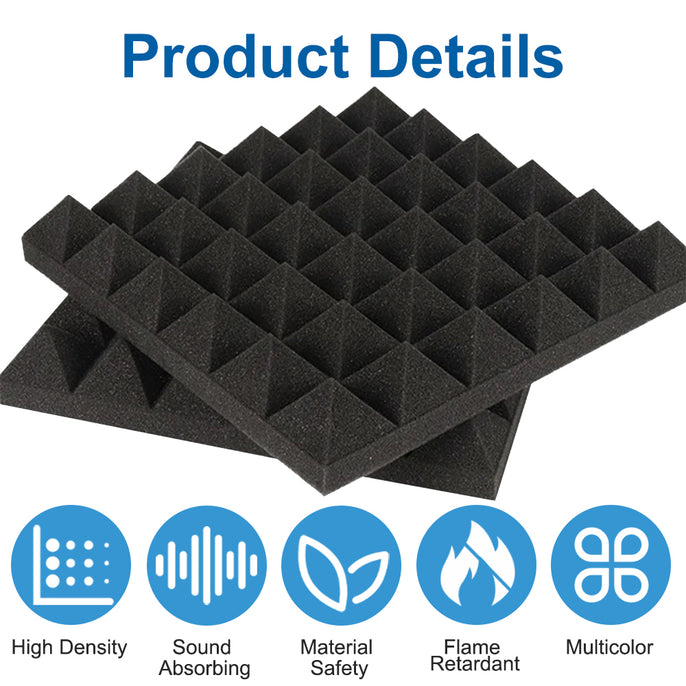Is sound absorbing wall foam useful in a music room?

When setting up a music room, one of the key considerations is the acoustics of the space. Sound absorbing wall foam is often recommended as a solution to improve the sound quality within a music room. But is it truly effective?
What is Sound Absorbing Wall Foam?
Sound absorbing wall foam, also known as acoustic foam, is designed to reduce echoes, reverberation, and overall noise levels within a room. It is made up of porous materials that absorb sound waves, preventing them from bouncing off hard surfaces and creating unwanted noise reflections.
How Does Sound Absorbing Wall Foam Work?
Sound absorbing wall foam works by converting sound energy into heat energy as it passes through the material. The foam's porous structure traps sound waves, reducing their intensity and preventing them from bouncing back into the room. This results in a more controlled and balanced sound environment.

Is Sound Absorbing Wall Foam Useful in a Music Room?
Yes, sound absorbing wall foam is indeed useful in a music room. It helps to improve the acoustics of the space by reducing unwanted noise reflections, echoes, and reverberations. This allows musicians to hear themselves more clearly, leading to better performances and recordings.
Studies have shown that sound absorbing wall foam can significantly enhance the sound quality within a music room. It can help create a more controlled and balanced sound environment, making it easier for musicians to focus on their music without being distracted by unwanted noise reflections.
Overall, sound absorbing wall foam is a valuable tool for optimizing the acoustics of a music room. By strategically placing the foam panels on the walls, ceilings, and even floors, musicians can create a more professional and enjoyable sound experience for themselves and their audience.
